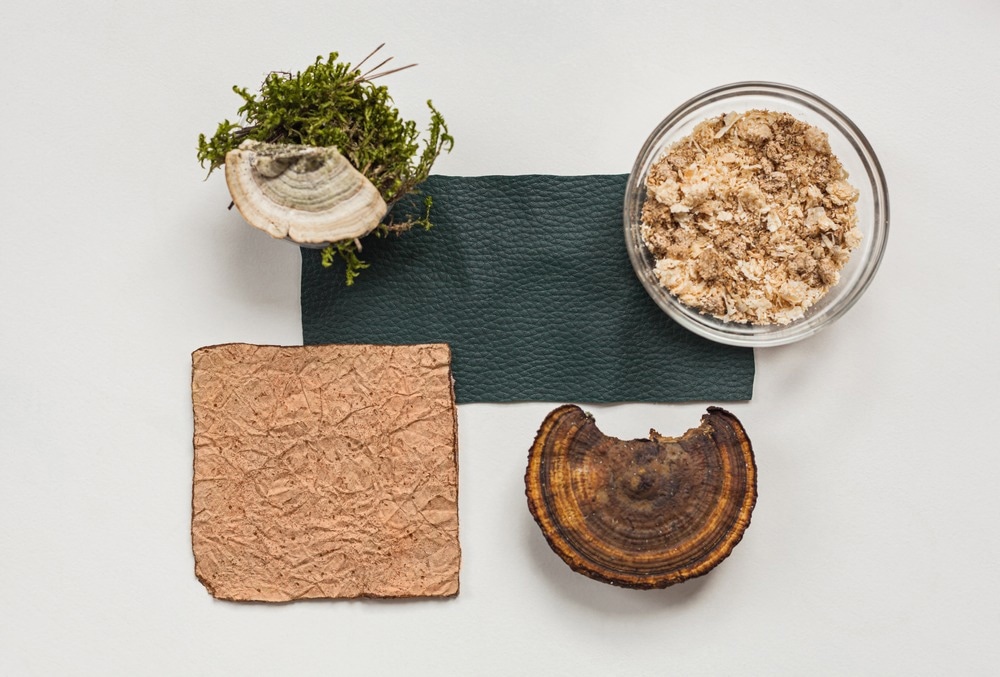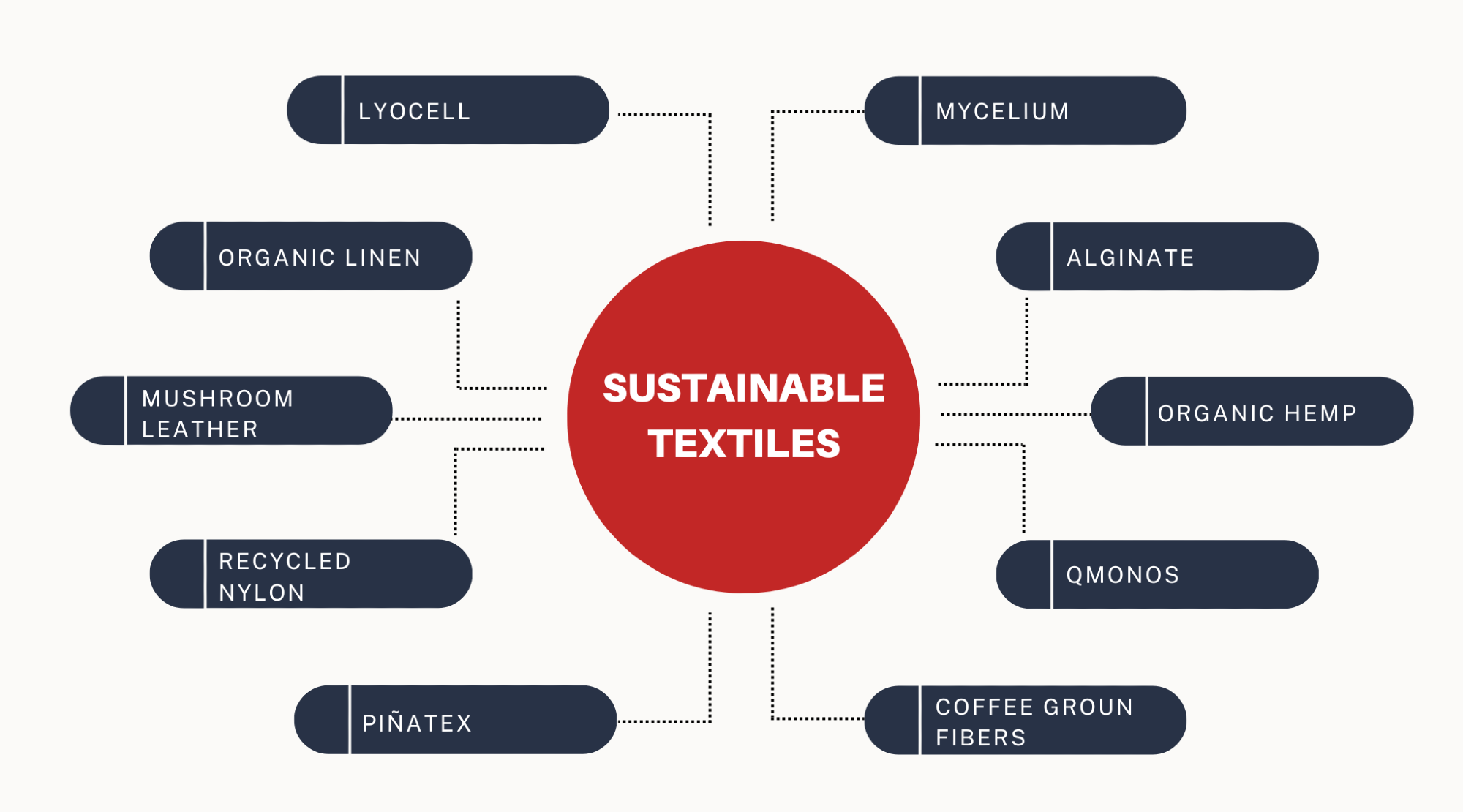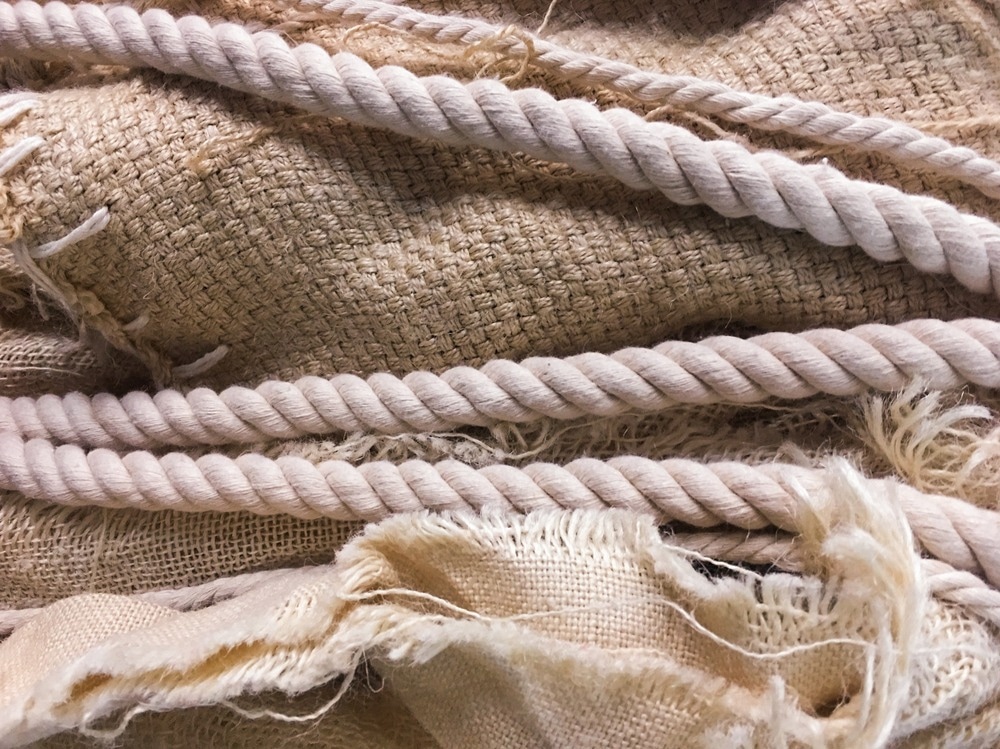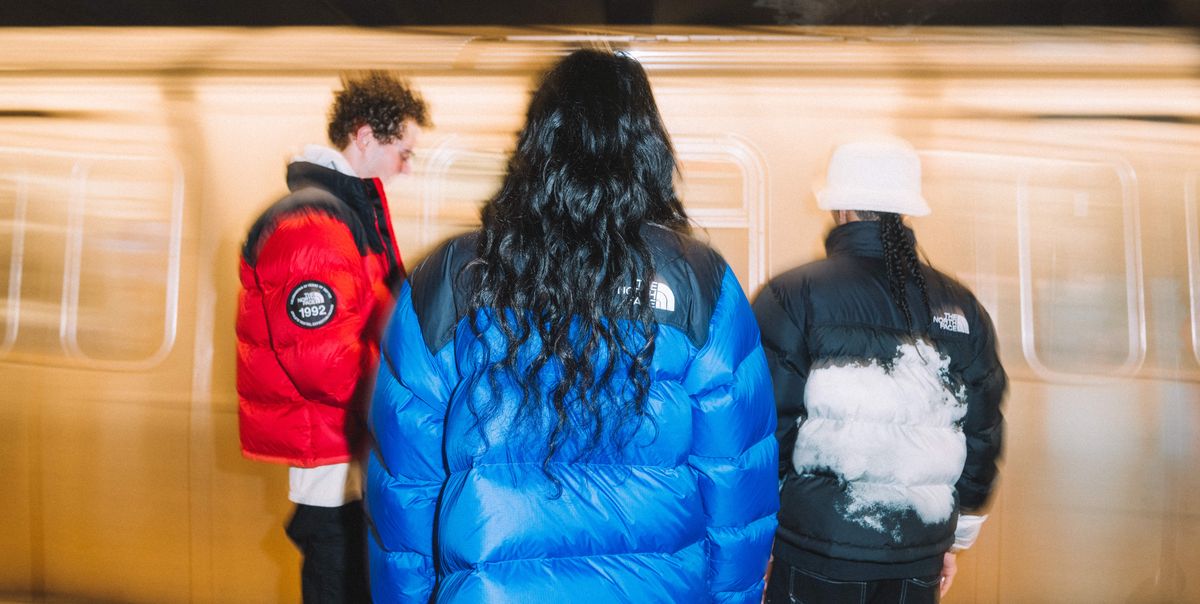Since natural fibers like cotton are resource-intensive to manufacture, and petroleum-based fibers like nylon and polyester are not ecologically friendly, it’s time to start considering more sustainable options in the textile industry.

Image Credit: perfectlab/Shutterstock.com
Environmental issues in the textile industry originate during manufacturing and extend to the final product. For example, the textile sector consumes one-tenth of all industrial water to operate plants and clean goods.
According to the World Bank, textile dyeing is responsible for at least 20{05995459f63506108ab777298873a64e11d6b9d8e449f5580a59254103ec4a63} of water pollution. Therefore, there is a dire need for more environmentally friendly, sustainable textiles.
What are Sustainable Textiles?
Textiles created from eco-friendly resources, such as recycled materials and natural fibers, are considered sustainable.
Initially, sustainable textiles were primarily associated with natural fibers. However, natural fabrics do not come without environmental costs. For example, growing cotton takes a substantial amount of water and insecticides.
On the other hand, newer sustainable textiles are prepared using organic raw materials and according to strict sustainable production standards.
Commonly Available Sustainable Textiles
Mycelium Textile
Mycelium is a network of fungal threads. This material is highly flexible and durable. In addition, mycelium-derived textile is fire-resistant, waterproof, and non-toxic. It can be manufactured to be as thin as paper for lampshades and dresses, or extremely thick for industrial applications.
Alginate Textiles
Alginate is an organic textile derived from brown seaweed. It is a soft fiber frequently combined with other fibers to increase its durability. Although its production emits chemical pollutants, it is biodegradable and has antibacterial characteristics. Due to these properties, alginate is considered to be an ideal textile for wound dressing.
Creating Sustainable Textiles From Seaweed
Lyocell
Lyocell is a lightweight textile manufactured from wood pulp with several desirable qualities, such as being odorless, antibacterial, highly absorbent, and water-resistant. It is biodegradable, making it a more sustainable fabric. Lyocell textiles are ultra-comfortable and breathable and even softer than cotton.
Cupro
Cupro is a fabric resembling silk that is manufactured from cotton linter. Cotton linters are the small cotton fibers that stick to the cottonseed and are typically not used because of their small size. Cupro’s production helps divert cotton waste from landfills.
Organic-Linen
Linen, woven from the flax plant, is a durable and lightweight textile. It is an ancient plant-based fabric that has been utilized since around 8000 BC. Although the production process is mechanically intensive and emits some emissions, the textile remains one of the most natural, environmentally friendly solutions.

Organic Hemp
Hemp is one of the oldest textiles used for clothing; it has been utilized for centuries owing to its all-season adaptability and ability to get softer with each wash. It requires extremely little care. However, the textile is only sustainable if hemp is produced naturally, without chemicals to hasten its growth.
Qmonos
Qmonos is synthetic spider silk manufactured from bioengineered microbes. The fiber is durable, flexible, lightweight, and four times stronger than steel. Although completely biodegradable and a sustainable textile, Qmonos is very expensive.
Industrial Sustainable Textile Innovations
Will Future Clothes be made of Algae?
Researchers at the Delft University of Technology and the University of Rochester employed 3D printing to produce sustainable textiles from algae and bacterial cellulose. The combination of bacterial cellulose and microalgae produced a novel textile using bacterial cellulose’s strength and the algae’s photosynthetic quality.
The material is durable, biodegradable, and easy to manufacture on a large scale. As a result, it has potential applications in the medical, energy, and fashion industries.
MycoWorks’ Mushroom Leather
MycoWorks, a biotech startup located in California, has developed eco-friendly, vegan leather from mushrooms. MycoWorks manufactures its patent-protected, vegan leather from modified mycelium cells.
As the mycelium cells develop into 3D structures and interconnect tightly, they produce Fine Mycelium, a strong textile with the durability, strength, and performance of conventional leather.
Coffee Ground Fibers
S.Café, a yarn produced from coffee grounds and developed by the Taiwanese textile business Singtex, has outstanding natural anti-odor properties, UV protection, and a short drying time.
The multipurpose coffee yarn can be utilized in a wide range of goods, from daily domestic items to outdoor and sports outfits.

Image Credit: cameilia/Shutterstock.com
Econyl: Recycled Nylon
Aquafil, a sustainable textile company, introduced Econyl as an alternative to nylon in 2011. Econyl is a nylon yarn manufactured from recycled fabric scraps, fishing nets, and industrial plastic.
Econyl recycles waste materials, diverting garbage and plastic that might otherwise pollute ocean environments. In addition, by renewing nylon, Econyl creates a fabric that is just as useful and adaptable as nylon while retaining its quality and usefulness.
Piñatex: the Sustainable Alternative to Leather
Piatex, a naturally occurring non-woven material made from pineapple leaves by Ananas Anman, shows remarkable similarities to leather. It is a sturdy yet adaptable, breathable, soft, and flexible material that is excellent for various fashion goods since it can be printed, sewn, and cut easily.
Piatex is almost completely sustainable and environmentally friendly as it is created from pineapple leaf fibers, a leftover from the pineapple harvest. In addition, unlike conventional leather, the manufacturing of Piatex does not entail using hazardous chemicals or heavy metals in its production.
The Future of the Sustainable Textile Industry
Sustainable textile developments have come a long way in recent years, and it is hoped that the use of non-biodegradable and petroleum-based materials will soon become a thing of the past, allowing the textile sector to reduce its harmful effects on the environment.
References and Further Reading
Balasubramanian, S., Yu, K., Meyer, A. S., Karana, E., & Aubin‐Tam, M. E. (2021). Bioprinting of Regenerative Photosynthetic Living Materials. Advanced Functional Materials, 31(31), 2011162. https://doi.org/10.1002/adfm.202011162
Gardikiotis, I., Cojocaru, F.-D., Mihai, C.-T., Balan, V., & Dodi, G. (2022). Borrowing the Features of Biopolymers for Emerging Wound Healing Dressings: A Review. Int. J. Molecular Sciences. https://doi.org/10.3390/ijms23158778
Pensupa, N., Leu, S. Y., Hu, Y., Du, C., Liu, H., Jing, H., … & Lin, C. S. K. (2017). Recent Trends in Sustainable Textile Waste Recycling Methods: Current situation and future prospects. Chemistry and Chemical Technologies in Waste Valorization, 189-228. https://doi.org/10.1007/s41061-017-0165-0
Beall, K. (2022). See How These Brands Are Using ECONYL® Nylon to Design for a Better Future. [Online]. Design Milk. Available at: https://design-milk.com/see-how-these-brands-are-using-econyl-nylon-to-design-for-a-better-future/ (Accessed on 03 November 2022).
Daniel, T. (2022). Sustainable Fabric Guide for Earth-Conscious Fashion Designers. [Online]. FOMO Agency. Available at: https://www.fomoagency.com/sustainable-fabric-guide/ (Accessed on 02 November 2022).
Kant, R. (2012). Textile Dyeing Industry an Environmental Hazard. Scientific Research. Available at: http://dx.doi.org/10.4236/ns.2012.41004
Gamillo, E. (2021). This Mushroom-Based Leather Could Be the Next Sustainable Fashion Material. [Online]. Smithsonian Magazine. Available at: https://www.smithsonianmag.com/smart-news/this-mushroom-based-leather-could-be-the-next-sustainable-fashion-material-180979170/ (Accessed on 03 November 2022).
Kleiderly. (2022). Sustainable Fabric Series: All about Mycelium Fabric. [Online]. Available at: https://www.kleiderly.com/our-blog/sustainable-fabric-series-all-about-mycelium-fabric (Accessed on 02 November 2022).
Rozas, A-C. (2017). Sustainable Textile Innovations: Coffee Ground Fiber. [Online]. Available at: https://fashionunited.uk/news/fashion/sustainable-textile-innovations-coffee-ground-fibre/2017061624856 (Accessed on 02 November 2022).
Textile World. (2021). MycoWorks Secures Strategic Investment From GM Ventures To Develop Fine Mycelium Materials For Sustainable Automotive Interiors. [Online]. Textile World. Available at: https://www.textileworld.com/textile-world/2022/10/mycoworks-secures-strategic-investment-from-gm-ventures-to-develop-fine-mycelium-materials-for-sustainable-automotive-interiors/ (Accessed on 03 November 2022).
UKFT. (2022). Ananas Anam: Innovative Plant-Based Piñatex made from Pineapple Leaves. [Online]. UK Fashion and Textile Association. Available at: https://www.ukft.org/ananas-anam-pvjuly22/ (Accessed on 03 November 2022).
University of Rochester. (2021). Will your Future Clothes be made of Algae? ScienceDaily. Available at: www.sciencedaily.com/releases/2021/05/210503104821.htm (Accessed on 04 November 2022).

